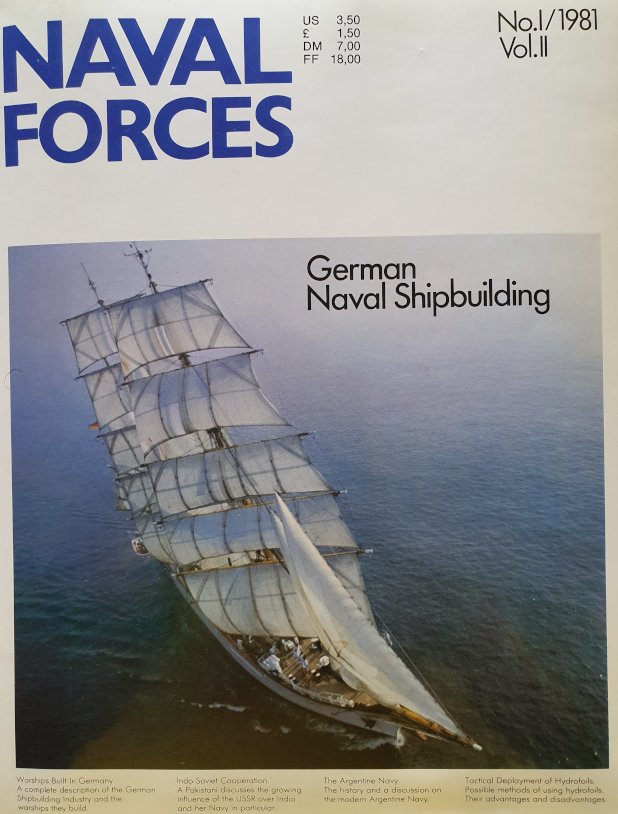After reading an essay, “Indo-Soviet Co-operation at Sea” (Naval Forces I/1981, pp. 44-49), it seems to me that the best the Pakistani author Aroj Taha can do is to explain why an increasing influence by the Soviet Union in the region was causing so much concern to the West. The United States of America in particular was alarmed by the fact that the amount of maritime aid given to India exceeded the quantity of equipment received by Indonesia and Egypt together. In May 1980, India and the Soviet Union concluded an arms deal worth US$1.6 billion, which is equivalent in purchasing power to about US$5.1 billion in 2020. The writer argues that India at the beginning of the 1980s was heading the list of those countries receiving maritime aid from the Soviet Union, even overshadowing the member states of the Warsaw Pact. At the time when Naval Forces I/1981 was going to press, the Indian Ocean Region (known today under the prefix ‘IOR’) was subject to a continuing or even increasing competition between the great power rivalries – namely the US and the USSR. Both superpowers were establishing military bases in the region, to maintain maritime activity in a region of “great strategic importance”. At the beginning of the 1980s, the People’s Republic of China emerged as the next major power and was beginning to play its key role in the region. This led both Washington and New Delhi to express concerns that Beijing could also use port infrastructures in the region for military purposes, as shown in the case of Sri Lanka.
The situation 40 years later is not surprising: Russian military aid in the region is joined by increasing activity by China. The two great powers have further reinforced their deliveries of military hardware for the countries in the region. China is using “debt diplomacy” to expand its global footprint in countries like Bangladesh and Myanmar. Washington’s broader Indo-Pacific strategy identifies Bangladesh as an “emerging partner” in the region, alongside Sri Lanka, Nepal and the Maldives, stepping up efforts to entice Bangladesh into buying more of its military hardware and to contain the growing influence of China in the country and in the region.






